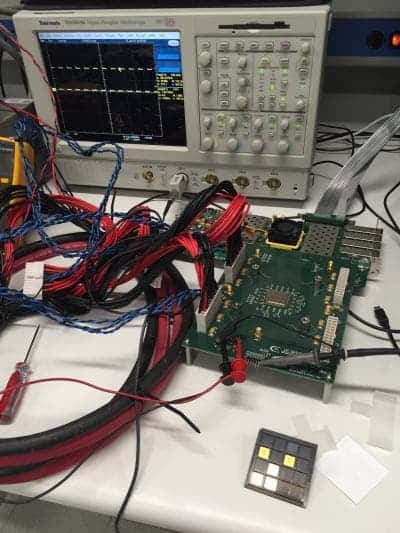A microchip containing 1,000 independent programmable processors has been revealed by a team at the University of California, Davis, Department of Electrical and Computer Engineering.

The very efficient array is called “KiloCore” and it has a maximum computation rate of 1.78 trillion instructions per second, containing 621 million transistors. It was released at the 2016 Symposium on VLSI Technology and Circuits in Honolulu on June 16.
“To the best of our knowledge, it is the world’s first 1,000-processor chip and it is the highest clock-rate processor ever designed in a university,” said Bevan Baas, professor of electrical and computer engineering, who led the team that designed the chip architecture.
This isn’t, by any chance, the first multiple-processor chip ever created, but most such devices only go up to 300 processors, according to an analysis by Baas’ team. They’re rarely available commercially, being used for various types of research. KiloCore is no different, being designed by IBM, using their 32 nm CMOS technology.
Each individual processor can run its own small program independently of the others, which is a fundamentally more flexible approach than so-called Single-Instruction-Multiple-Data approaches utilized by processors such as GPUs. The idea is to split up the processing and allow all processors to function in parallel, independent – something which makes processing not only faster, but also more energy efficient. Because each processor is individually clocked, it can shut down when its not needed.
Just so you get an idea how efficient this multiple-core chip is, the 1,000 processors can execute 115 billion instructions per second while dissipating only 0.7 Watts, low enough to be powered by a single AA battery. That’s about 100 times more efficient than your average laptop. Cores operate at an average maximum clock frequency of 1.78 GHz. Another remarkable feature is data transfer – they transfer data directly to each other rather than using a pooled memory area which can become a bottleneck.


